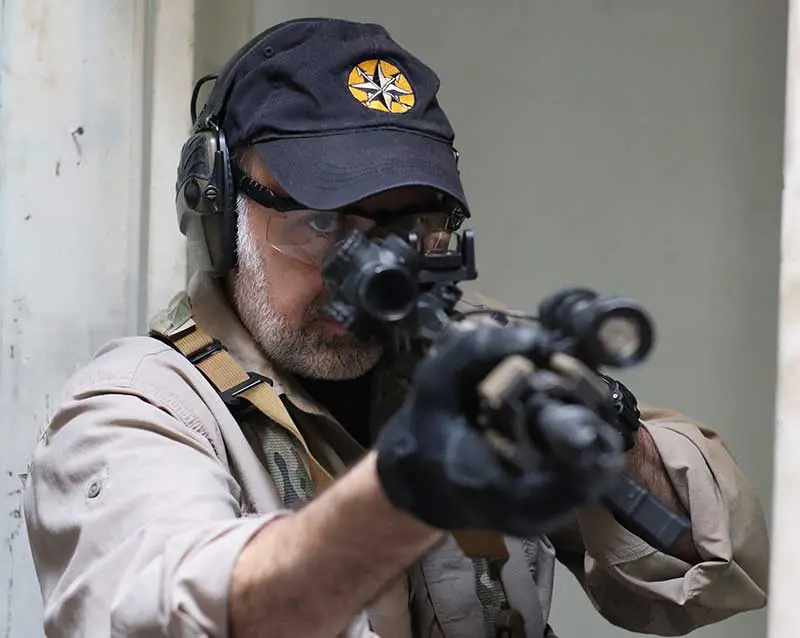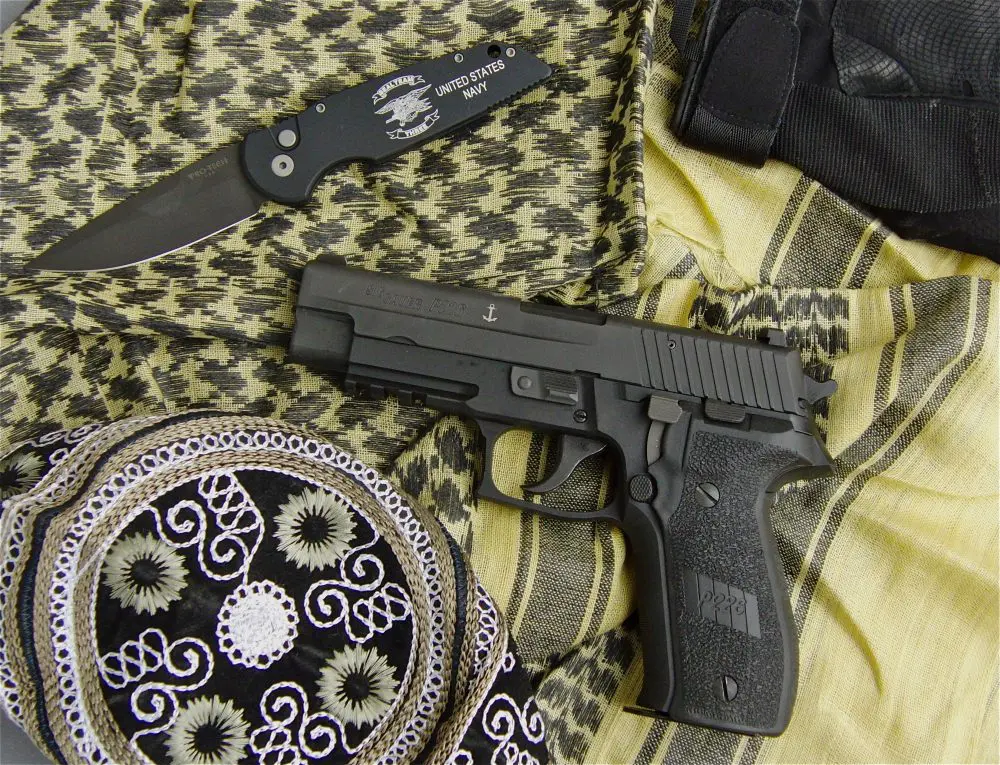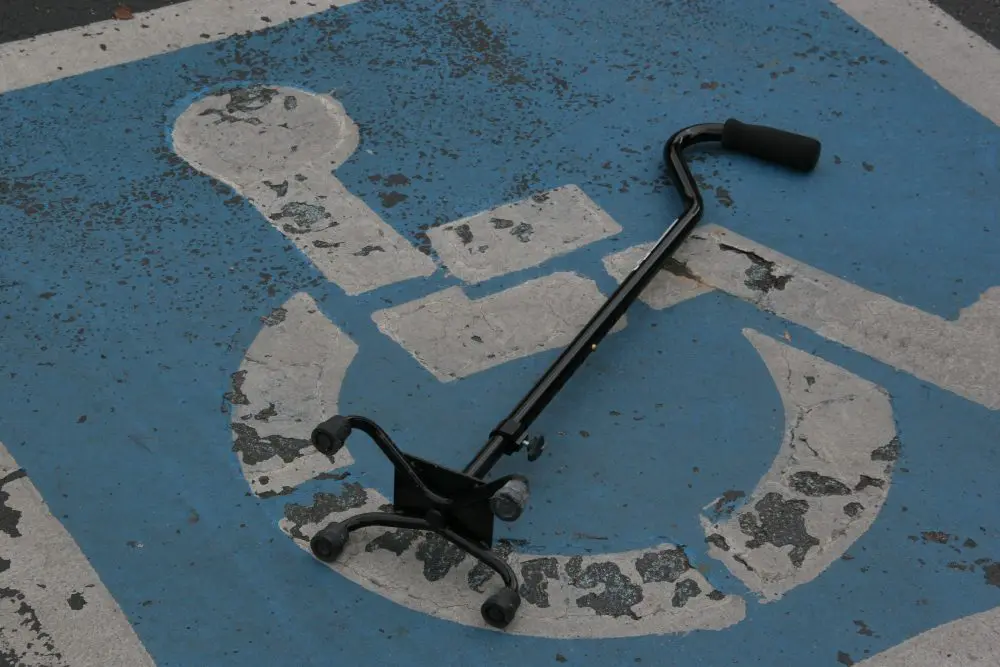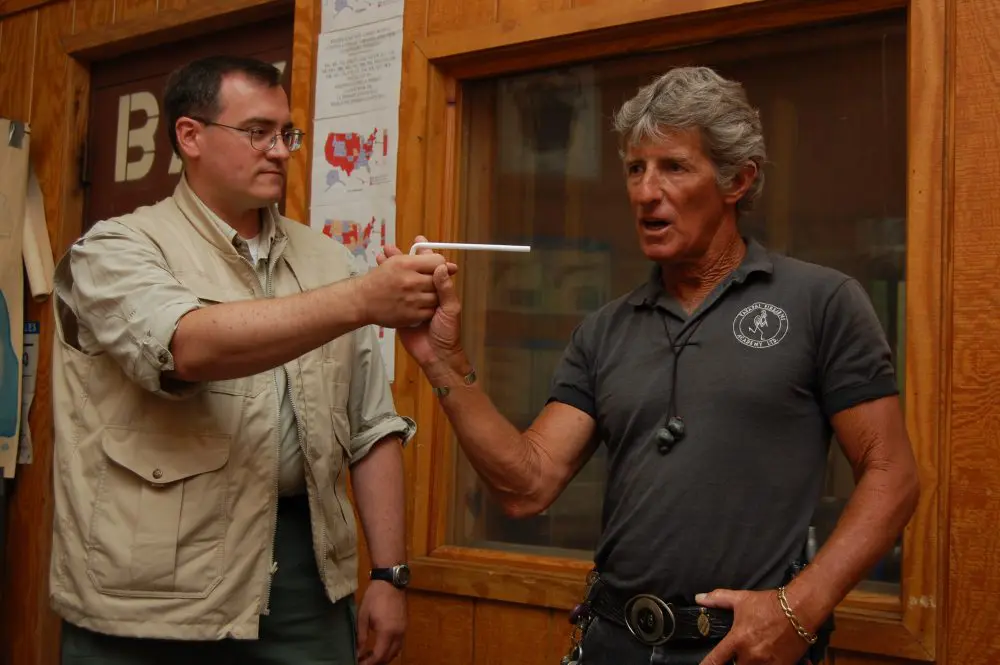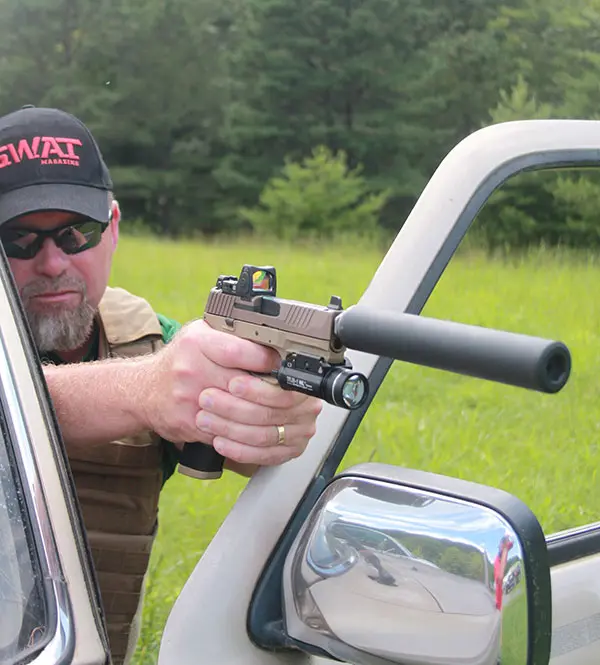There are two definitions of feet.
One is the plural form of an ambulatory organ; the other is a measure of distance. And in a typical physical-force confrontation, you need both to win.
Without utilizing the former, you can’t strategically gain the latter. Unfortunately, circumstances often dictate that you can’t stabilize in a solid firing position and have the luxury of hard cover before the fun starts. Conversely, you may choose to close the distance on your adversary relative to the situation.
In a “generic” urban fight, rapid terrestrial pedaling of the hind paws is often required to avoid or, in some cases, initiate at least primary contact. Whatever ensues will be dictated by this initial strategy, much like the “cause and effect” theory.
But standing stationary under these circumstances makes you the prairie dog on the business end of a varmint rifle. Most of the time, the holstered pistolero—restricted by legal ramifications or time-consuming “Do I or don’t I” decision-making thought processes—will have to rapidly retreat or move laterally or diagonally before he can deploy his firearm on an advancing weapon-wielding enemy. The martial artist, on the other hand, will probably choose to advance.
Advancing is often a logical choice for the gunfighter, but people who carry guns tend to go for the gun when under attack. “When you’re the hammer, everything looks like a nail.” And here’s where the dichotomy between training and actuality raises its ugly head. On the firing range, you know what’s about to occur, and the training drill is often initiated by an auditory signal. In a fight, you’re always operating off a visual cue, and are invariably slower than your dazzling range speed and general performance.
Which all leads up to the colloquially named “Twenty-One Foot Rule.” This has led many people to believe that they can draw and deliver effective fire on an onrushing assailant without moving their feet—as long as the perpetrator starts his assault from a distance of seven yards.
And this is, under most situations, simply not true.
Despite the efforts of early-day visionaries like Modern Warrior’s Phil Messina proving the contrary—based on a lifelong study of action/reaction fighting time frames—the illusion persists. Yes, people have drawn a pistol “under the gun” and won, but that is inverting the enemy’s action/reaction response time. It is absolutely not the same thing as attempting to draw and fire a pistol from a stationary position while some weapon-wielding thug is rushing toward you.
Herewith, a three-part range drill to illustrate the point:
(This shouldn’t have to be said, but it is imperative to make sure that the “Good Guy Shooter” in these drills does not use any firearm which can fire a projectile, be it Airsoft, Simunitions®, deactivated real pistol, or anything else. No projectile-launching pistol—period.)
A translucent plastic toy pistol will suffice, as two parameters have to be met: (1) Everybody in attendance has to be able to visually ensure that the weapon is absolutely incapable of firing any projectile, and (2) The prop pistol has to have an operating trigger and be capable of emitting an audible “click,” so the shootee and other attendant trainees know at what distance the assailant would have taken his first “hit.”
Table of Contents
Stage One:
Assailant starts rushing in as soon as the shooter’s hand contacts the holstered toy pistol’s butt. Visually reacting to the shooter’s action, the crook covers about ten feet before he is “hit.” Shooter wins.
Stage Two:
A third party gives the “go” signal by dropping an object visible to both parties. The bad guy gains only about another two feet over the first scenario. Even though both players are now working off equal visual reaction, the shooter has much less physical work to do than the attacker. Shooter wins.
Stage Three:
The shooter starts running his mouth, and the assailant rushes in whenever he wishes to initiate the action. The shooter is overrun before he can get his pistol on target, unless he uses rapid footwork to change his initial location. If he remains stationary, shooter loses.
The bad news is that the third scenario is what actually occurs for real, unless you are “sniping” the enemy, as you are always visually reactionary, even on offense. You can’t shoot people without visually identifying the target, and a continually changing check on the background is critical when using lateral or diagonal evasive movement. The closer the target, the wider the background becomes with lateral movement (and potential for collateral damage), but directionally it’s the quickest maneuver off the incoming line of attack.
Even if you step straight to the rear, seven yards isn’t going to cut the mustard, as your assailant’s covered distance is increasing with his acceleration, while you’re only slowly increasing distance by backing up.
The action/reaction reason why you’re in such deep trouble is this: If you are visually reacting to a full-frontal charge initiated by your attacker, he has already covered ten feet by the time your hand contacts the pistol. In addition, your arm(s) is/are almost two feet long when extended to shoot. Ergo, surprise, surprise: in effect your opponent isn’t at 21 feet. In actuality he’s starting off at 11 feet before you can even begin your drawstroke, minus two feet of your arms’ length once the gun is “on target” (unless you’re using close-quarters firing techniques), minus the time of the drawstroke itself.
Face facts. If you don’t move your feet under these circumstances, you’re on your back with your enemy three feet behind you. Yes, life sucks. But you might as well find this out before you’re confronted in your home, because unless you live in the Taj Mahal, most of your domicile’s rooms probably aren’t much more than 21 feet wall to wall, discounting furniture.
And if you don’t plan for the worst-case scenario in advance, at best you’ll get steamrollered and assaulted. At worst, you’ll reflexively sidestep, lose track of the backstop because you hadn’t pre-planned for a home invasion, and put rounds through your kids’ bedroom wall. It’s happened.
No, 21 feet isn’t enough. If you realize that a fast football wide receiver can cover 120 feet in less than four-and-a-half seconds, you’ll soon accept that seven yards is nothing. Do the math.
You’re not practicing range shooting skills on a cardboard target from the seven-yard line—you’re being assaulted by an onrushing maniac.
Even though there are two definitions of the word “feet,” whether you’re an accomplished gunfighter or a centipede, 21 feet isn’t enough.
[Louis Awerbuck is Director of the internationally acclaimed Yavapai Firearms Academy. Course information and schedules are available at their website at www.yfainc.com.]

